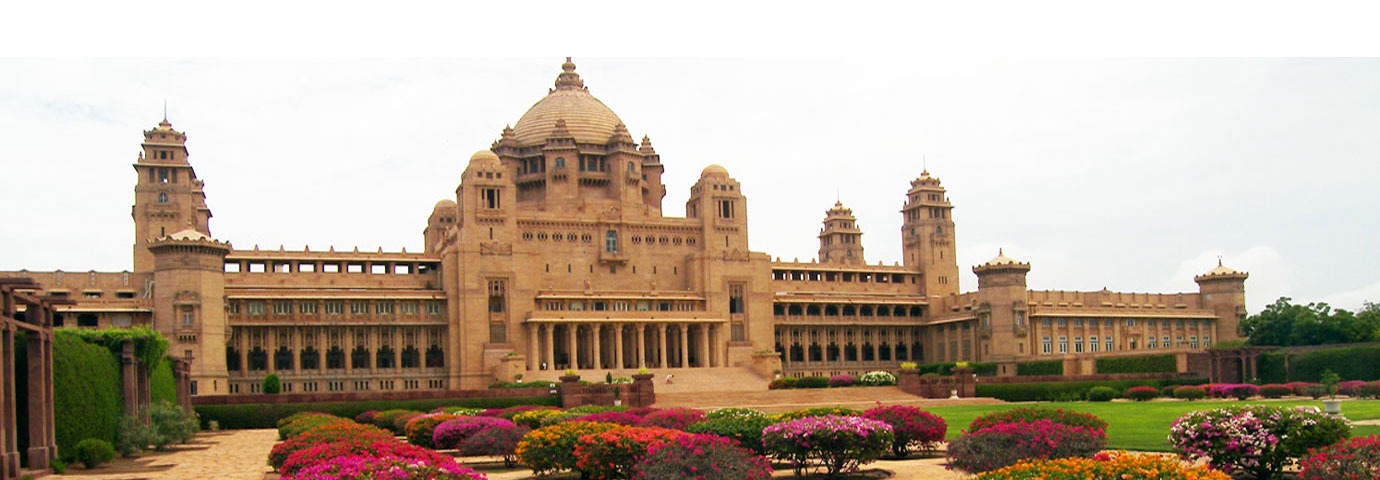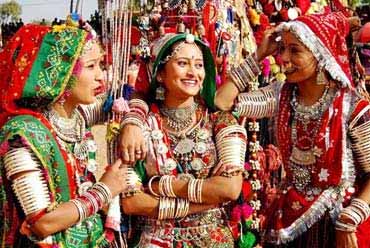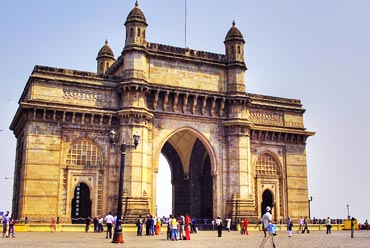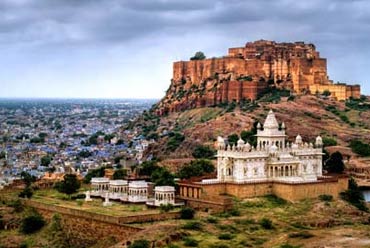Fast Facts
|
Opening Time |
All the days of the week from 9:00 AM to 5:00 PM |
Entry Fees
Entry Fees for Umaid Bhawan Palace |
-
Indians- INR 25
-
INR 50 per person (foreign tourists)
|
|
Umaid Bhawan Palace Museum- (closed on Sunday) |
-
Indians- INR 10 per Child and INR 30 per Adult
-
Foreigner- INR 100
|
|
Location |
Umaid Bhawan Palace, Circuit House road, 7km away from Jodhpur, Rajasthan |
|
Best Time to Visit |
between the months of October and March. |
The second metropolitan city of Rajasthan, also identified by its different names “the Sun City” and “the Blue City”, Jodhpur is the capital of the kingdom Marwar. The royal past of Jodhpur is represented through various palaces, forts, aged tradition and culture. Umaid Bhawan Palace is one of the most popular attractions of Jodhpur. The palace is named after Maharaja Umed Singh, who is the grandfather of present owner of the palace. In earlier times, the palace was known to be the ‘Chittar palace’ as it is located on Chittar hill (the highest point Jodhpur). Umaid Bhawan Palace in Jodhpur is a masterpiece of brilliant architecture and boasts of a wonderful mélange of Rajput and Victorian styles.
The palace was broken down on 18th November 1929 by Maharaja Umed Singh and the construction was in progress until 1944. Later, it was constructed in order to provide employment to the poor and unemployed of the place. The Palace is one among the World’s largest private residences comprising 347 rooms. In today’s time, the main owner of the palace is Maharaja of Jodhpur, Gaj Singh. The palace is mainly divided into three compartments namely the Maharaja’s royal residence, a museum and a heritage hotel.
The museum here has a huge collection of weapons, a banner presented by Queen Victoria and amazing clocks providing detailed information about the royal era of Rajasthan.
History and Legend
Umaid Bhawan Palace was originally designed by H V Lanchester, a well-known Edwardian architect. After the palace disheveled on 18th November 1929, again the foundation stone was laid by Maharaja himself on Chittar hill.
There were around fifty thousand men and women, who worked for more than fifteen years to construct this majestic palace, under the supervision of architect Goldstraw. The architect use to get thousand rupees per month and the workers were paid only fifty paisa a day.
All the colored stones which were used in the construction of the building were brought by a special train. And the skilled workers cut the big pieces of stones into intricate design form. The imposing palace cost Maharaja around rupees 94, 51,565.
Architecture
Umaid Bhawan Palace in Jodhpur Rajasthan is a brilliant example of remarkable constructions. Moreover, now it’s a five star luxurious hotel where one can have a royal stay with all modern comforts.
Acquiring an area up to 26 acres of land, the royal mansion is 110 ft high and showcases sumptuous rooms reflecting a rich bygone era. It is one among the most expensive hotels in Jodhpur. The regal palace constitutes of elegant royal heirlooms, high ceilings, marble corridors, treasure troves, hunting trophies, green velvet lawns and courtyards. The interiors of the palace were firstly designed by Maples of London in Art Deco style, but later, the ship carrying the stuff to Bombay was sunk by Germans in 1942. Afterwards, Maharaja Umed Singh himself bought a polished artist namely Stefan Norblin who was an interior decorator and was familiar with the style of Art deco.
The beautifully designed paintings and furnishings done by Stefan are still well-preserved here. It is the India’s last royal constructions. Moreover, out of total 26 acres of land, fifteen acres comprises of sprawling gardens, its central cupola, a ball room, a library, indoor swimming, billiards room, four tennis courts, 105 ft Darbar hall for audience, a marble pavilion, a nursery, garages that can park twenty motor cars and two marble squash courts.
Other than this, the grand mansion also comprises a unique clock tower, Durbar hall for public gathering, Edwardian drawing room, banquet, cinema hall, a private segment for ladies and billiards room. During its constructions, Umaid Bhawan was the most awaited palace for the’ Maharaos of Kotah’; as before they used to live in a small fort inside the same city. Thus, Umed Sigh decided to build this noble one to comfort the Maharao’s.
Later, in 1930, the palace was extended by the architect George Devon, in order to provide space for Maharaj Kumar Bhim Singh and his wife. This section is still reserved and is not open for public, though, rest of the palace is considered to be the private residence as a heritage hotel. Similar to that of other royal Rajput mansions, Umaid Bhawan palace also has a Mardana section for male and a Zenana section for females with separate entrances.
Inside Umaid Bhawan Palace:
The Trophy Bar
The Trophy bar showcases interesting articles like that of elephant feet stools, tiger skin cushions, bears form Kashmir, large wild boar tusk, a great collection of fishing gears and gazelles from Africa.
The Billiards Room
The Billiard room represents Victorian and Edwardian race-horses and oils of horses from Maharaja’s Sardar Singh race stable.
The Sub-terranean Swimming Pool
The pool here forms a part of Zodiac club, a gym, a sauna, billiards room, two marble squash courts, four tennis courts and croquet lawns for sunbathe.
Umaid Bhawan Palace Hotel
Being one of the major divisions of Umaid Bhawan Palace, Umaid Bhawan Palace hotel is where visitors can enjoy a royal hospitality. The palace was converted into hotel in 1972 with all royal stuff inside. With brilliant exteriors and interiors, the palace hotel is a perfect destination to handle all kind of gatherings including special wedding celebrations.
Umaid Bhawan Palace Museum
Another prime compartment of Umaid Bhawan Palace is the palace museum, which is the repository of the very essence and spirit of the land. The museum is open to public, only closed on Sundays. The museum contains a massive collection of arms, furniture, clocks and China vases.






